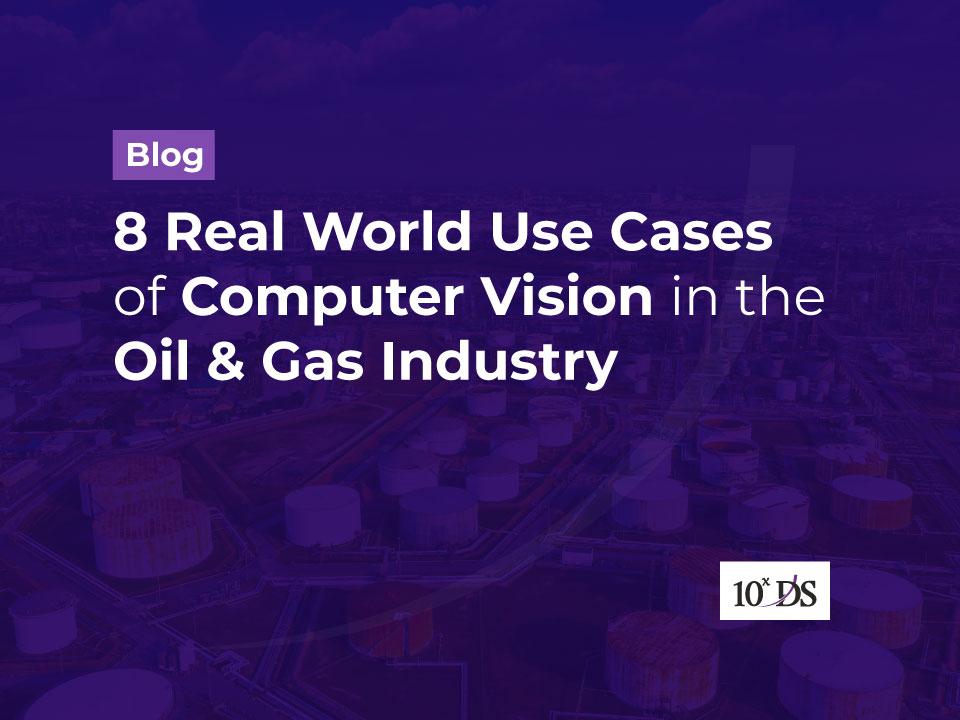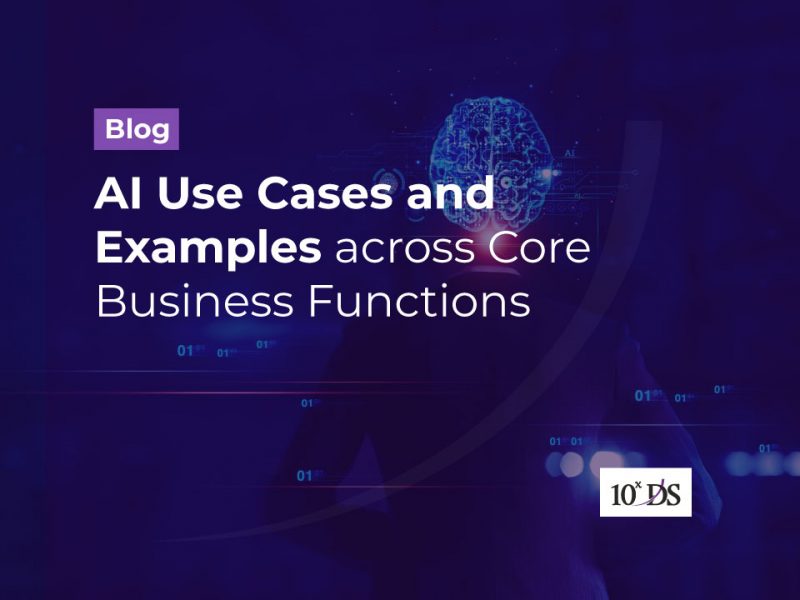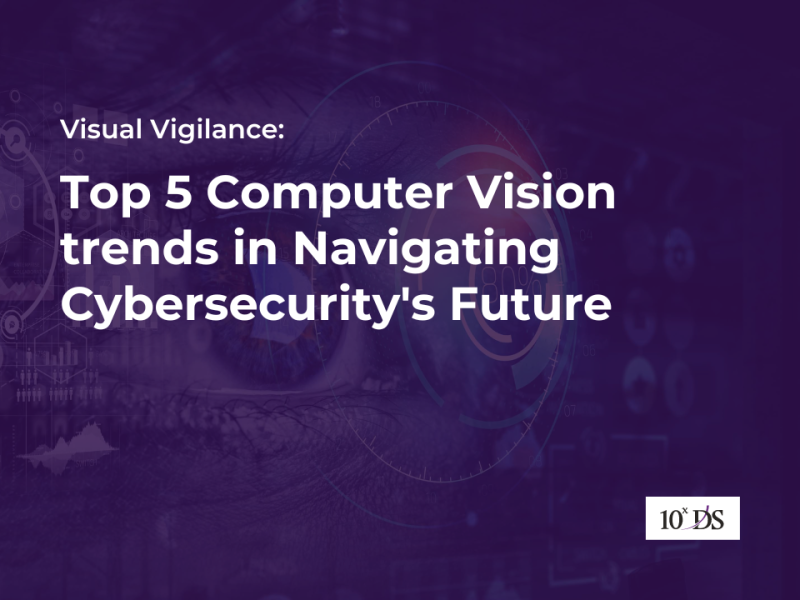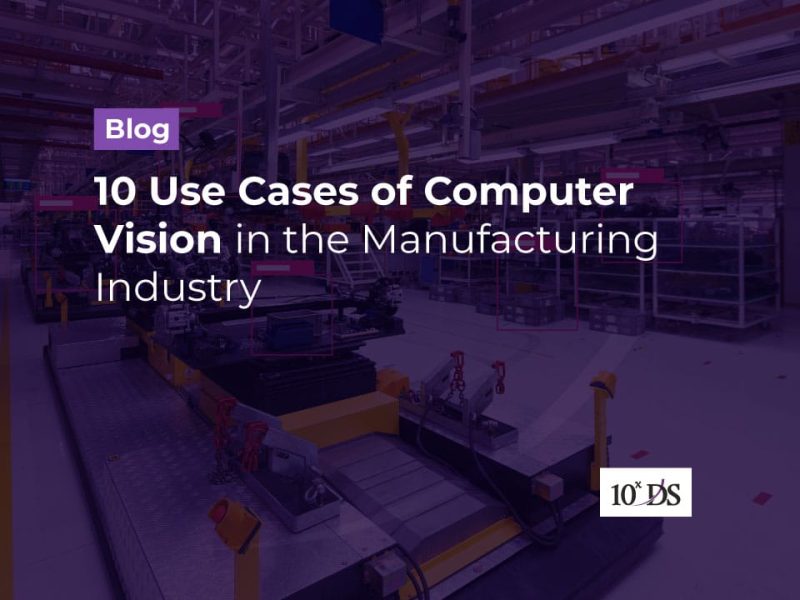
8 Real World Use Cases of Computer Vision in the Oil & Gas Industry
One of the key advancements of AI is in the field of computer vision in oil and gas, which is quickly finding its way into the oil and gas sector, where it promises to usher in a period of unprecedented innovation and economic prosperity. Artificial intelligence has already caused seismic shifts and rewritten the laws of competitiveness in numerous sectors. Businesses now seek to generate value with the help of AI systems rather than the more conventional methods that focus on humans. Organizations are racing to iteratively optimize and run AI technology at scale since AI is changing the laws of competitiveness by constructing internal capabilities, developing unique AI vision applications, and accumulating learnings through early adoption.
Several oil and gas companies have invested heavily in data science and machine learning (ML) and are starting to see returns on their investments. The majority of these funds have gone toward improving the company’s central production processes. In order to enhance oil well finding and precision drilling, machine learning and data analytics are currently frequently used. Oil and gas companies can reap additional benefits from the use of machine learning, artificial intelligence, and computer vision in oil and gas, including a lesser impact on the environment, improved efficiency, enhanced safety measures, and greater accuracy in detecting operational risks.
Let’s have a look at some of the real-world applications of computer vision in the oil and gas sector and how it is revolutionizing the industry.
1. Extensive Pipeline Inspection for Oil or Gas
In-service or extreme hazard event assessments of large-scale infrastructure systems for condition and health status provide significant problems for operators. By utilizing computer vision models, deep learning techniques may conditionally evaluate large-scale systems by drawing crucial insights from camera-based remote sensing data.It is necessary to first do pixel-level pre-processing using conventional computer vision techniques for the images. Finally, the health of several vital parts is assessed using deep learning (DL) models (like R-CNN). Experimental results from real-world use cases have shown that DL models can pinpoint the precise position and severity of damage in a short amount of time. As a result, large-scale oil/gas pipeline assessment has an edge over traditional models in both the geographical and temporal dimensions, offering greater accuracy, faster processing, and real-time monitoring to prevent potential disasters. Additionally, early detection of pipeline damage through automated computer vision solutions helps prevent costly leaks, environmental hazards, and operational shutdowns, making it an indispensable tool for oil and gas companies striving for operational excellence.
2. Monitoring the Fingerboard Latches
Keeping an eye on the fingerboard latches is an important part of running a safe drilling rig and avoiding costly accidents. While most rigs already have or are installing CCTVs to provide film of the latches, this method still requires human verification of the latch locations. Real-time confirmation across several fingerboard latches is necessary to continue operations, making this an error-prone and costly challenge. Using computer vision models trained on latch open/close positions, CV solutions can give visual confirmation of latch conditions in real-time. This has significant financial benefits as it decreases the requirement for human spotters while simultaneously increasing safety. Furthermore, it ensures that all latch movements are automatically logged and reviewed for any anomalies, helping to mitigate risks and enhance overall rig security. By automating the process, oil and gas companies can significantly reduce operational risks associated with manual verification errors while improving workflow efficiency.
3. Remote Oil and Gas Production Tracking
Offshore oil and gas fields can benefit from automated and digitally documented maintenance thanks to cameras monitoring the fields in real-time. This type of technology uses machine learning to keep tabs on the status of load pumps in an effort to improve oil and gas output. Low-cost sensors and high-performance computers with distributed systems are driving the digital transformation of the oil and gas sector by allowing for the extraction of high-value information from big data at the point of collection. Large-scale video analysis is now possible without the need to attach physical sensors thanks to the multi-dimensional value and relatively inexpensive costs of cameras. This transformation ensures that operators can monitor and optimize production remotely, reducing the need for manual inspections and improving overall productivity.
4. Checking the Danger Zone
Drilling operations are complicated, involving many individuals working in close proximity to dangerous machinery. Drill floors often have “red zones” where crews are required to keep a close eye out for potential dangers while carrying out their duties. Machine learning models for computer vision make it possible to keep tabs on machinery and personnel in real-time, where any intrusions or potentially harmful actions can be quickly identified. If an unauthorized worker enters a restricted area or if machinery operates outside safe parameters, computer vision systems can instantly trigger alarms and notify supervisors, allowing them to take corrective action before an accident occurs. Automated monitoring of red zones significantly enhances workplace safety, reducing injuries and preventing costly downtime due to accidents.
5. Using Computer Vision to Spot Leaks
Regular infrared cameras are used in conjunction with machine vision to identify methane gas emissions. One recent use of deep learning involves the detection of methane. The automated method streamlines the analysis of leak detection while maintaining an accuracy of 95-99%. By integrating computer vision into leak detection, companies can minimize the risk of regulatory fines and ensure compliance with environmental standards.
6. Recognizing Analog Instruments Automatically
Analog gauges at power substations and other facilities can be read with the use of computer vision. Computer vision cameras are used to automatically read oil level gauges, winding temperature gauges, and SF6 gas density gauges. By using color segmentation, CV algorithms can identify the location of the pointers and scale marks accurately. These automated programs prevent harmful mishaps and costly production halts, and they do so faster and more precisely than humans.
7. Incorporating Computer Vision into Automated Wireline Spooling
Wirelines are used for well intervention and reservoir evaluation in the oil and gas industry. The wireline cable is usually under tension while it is spooled on a drum while the toolstring is being pulled from the well. Adequate spooling is essential to prevent cable damage, which could be disastrous. Spooling anomalies and cable position predictions (using new computer vision applications) can now be made in real time, reducing human errors and ensuring safer, more reliable wireline operations.
8. How Computer Vision helps improve Workplace Safety
Security issues, such as intrusion, may be monitored around the clock at unattended operation sites with the use of computer vision solutions, which can then immediately warn relevant authorities. Automated surveillance improves security while also reducing the burden on human operators, allowing for 24/7 risk management in hazardous environments.
Conclusion
When implemented, computer vision solutions can offer several benefits from improving worker safety, lowering operational expenses to optimizing core processes in the oil and gas sector. Improved maintenance, safety, management, life-cycle sustainability, quality, and operational efficiency are the primary goals of the latest computer vision applications in the oil and gas industry.
How 10xDS can help?
We are aware that computer vision powered by artificial intelligence will be the wave of the future, and that it will have the potential to significantly change the lives of millions of people all over the world, as well as save time, improve accuracy, lessen the burden of stress on professionals, and increase overall safety. We provide state-of-the-art Al-powered Computer Vision solutions that cater to a wide range of needs for organisations in a variety of industries by leveraging our committed team of skilled data scientists that have deep authority over Al.
Talk to our experts to leverage 10xDS AI Computer Vision solutions to address your business and operational challenges!


